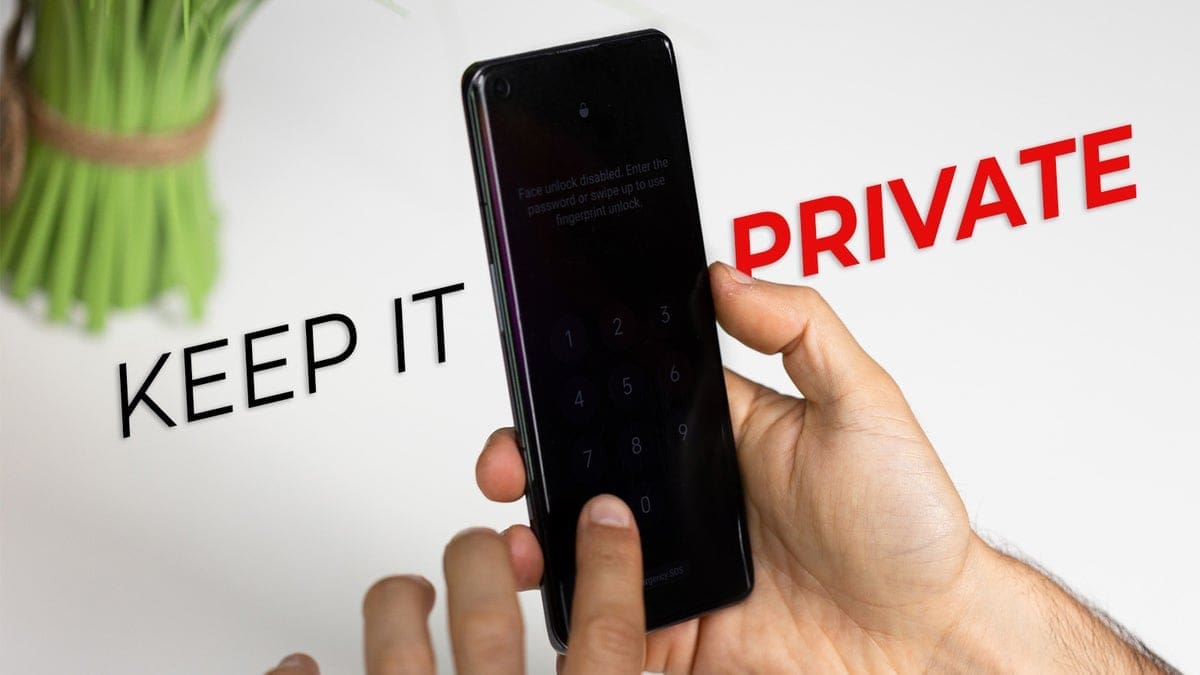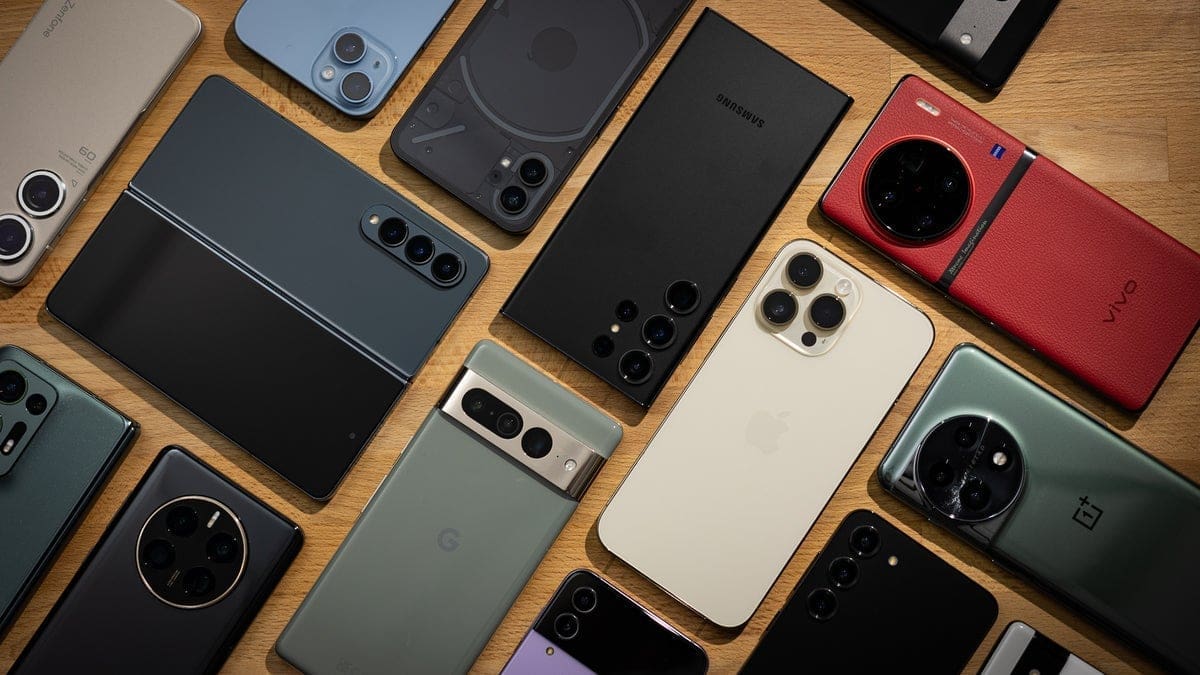Apple is gearing up to make iPhone battery replacements a breeze with a new technology set to debut later this year. According to a recent report from The Information, the tech giant is exploring electrically induced adhesive debonding to simplify the process.
Currently, replacing an iPhone battery involves carefully removing adhesive strips with tweezers and using heat or solvent if a strip breaks. Apple’s new approach will eliminate adhesive strips altogether by enclosing the battery in a metal jacket and applying a small voltage to pop it out of the chassis.
This innovative method is expected to streamline battery replacements, making them less laborious for users. The new technology is set to make its debut with at least one model from the upcoming iPhone 16 lineup launching in September.
Renowned Apple insider Ming-Chi Kuo has suggested that Apple may use a stainless steel battery case for the iPhone 16 Pro Max, improving repairability and thermal management. If successful, this approach could extend to next year’s iPhone 17 lineup.
While Apple has been known for its reluctance to make devices more repairable, regulatory pressure and consumer demand have pushed the company towards change. In recent years, Apple has made strides in enhancing repairability with design improvements and launched the Self Service Repair program in 2022.
The Self Service Repair program will soon be available in Canada by 2025, allowing users access to replacement parts for at-home device repairs. With these advancements on the horizon, Apple is stepping up its efforts to meet user needs and comply with evolving regulations.









